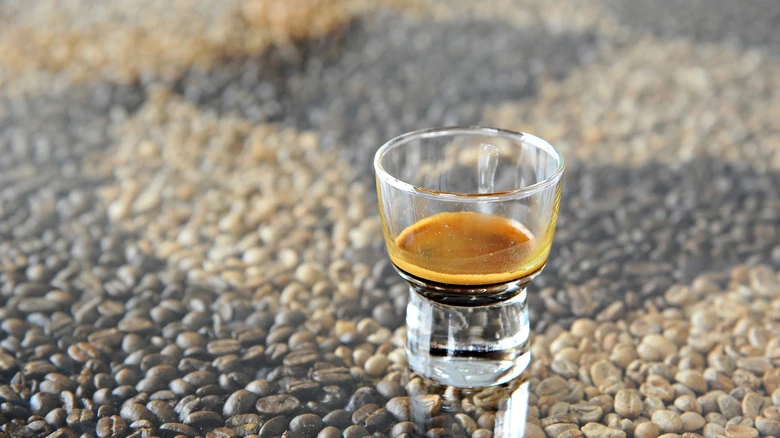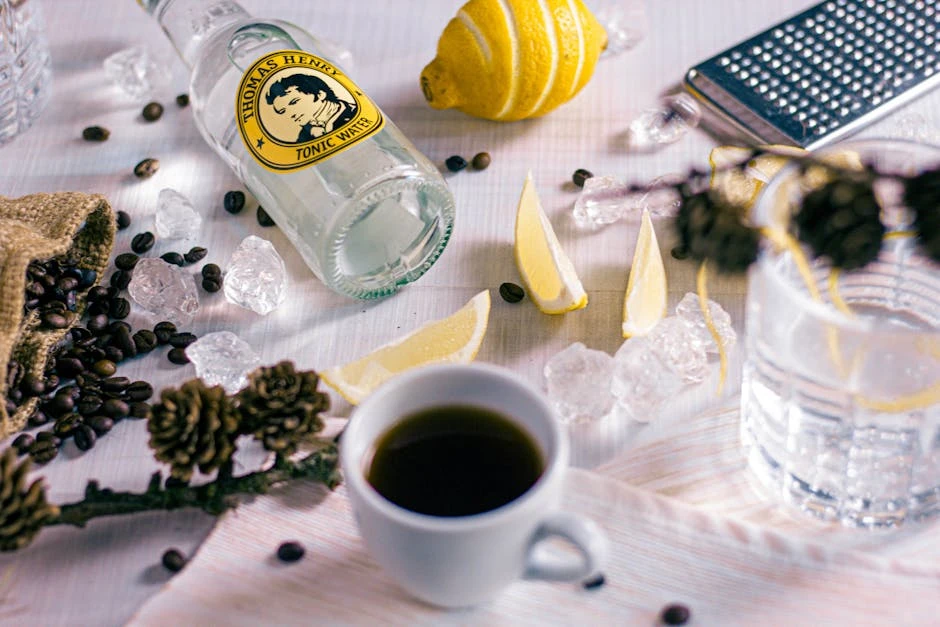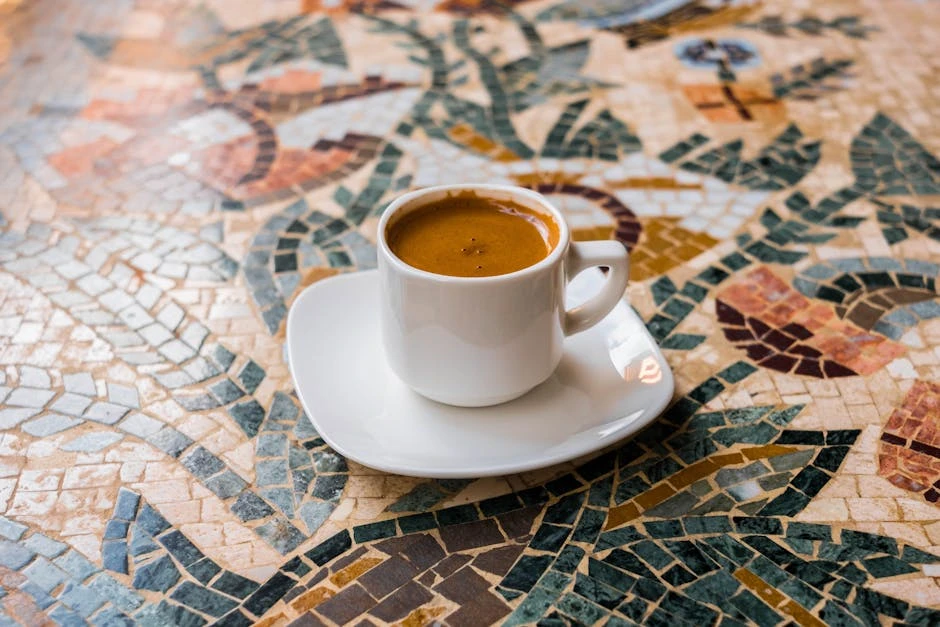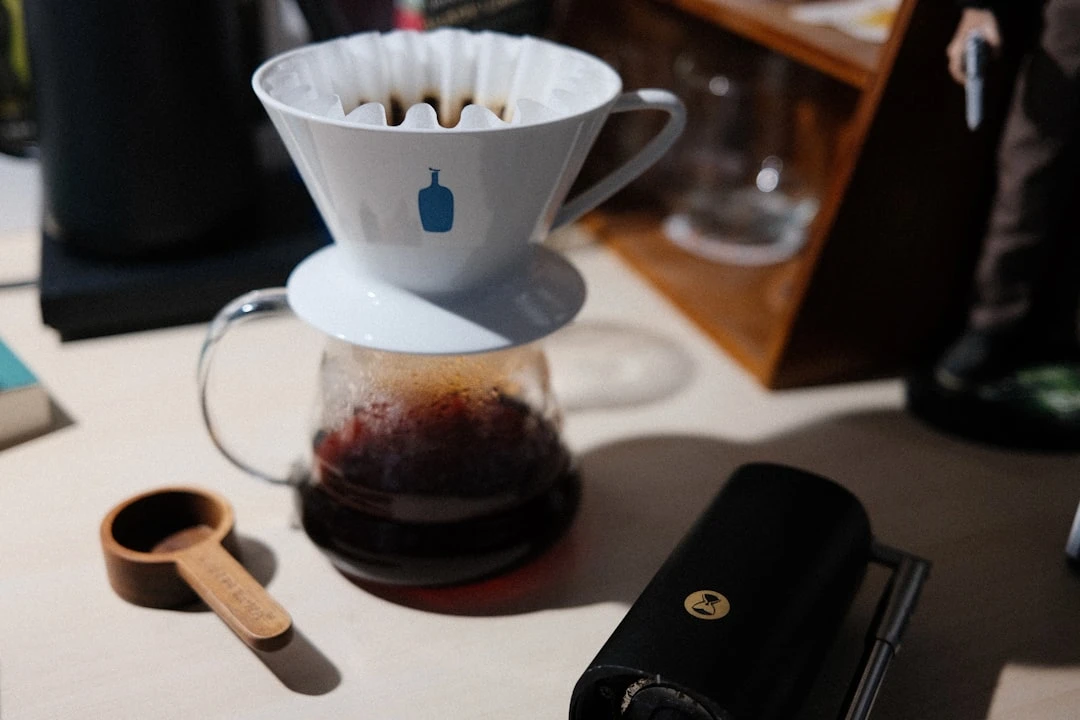How to Make Perfect Decaf Cold Brew at Home
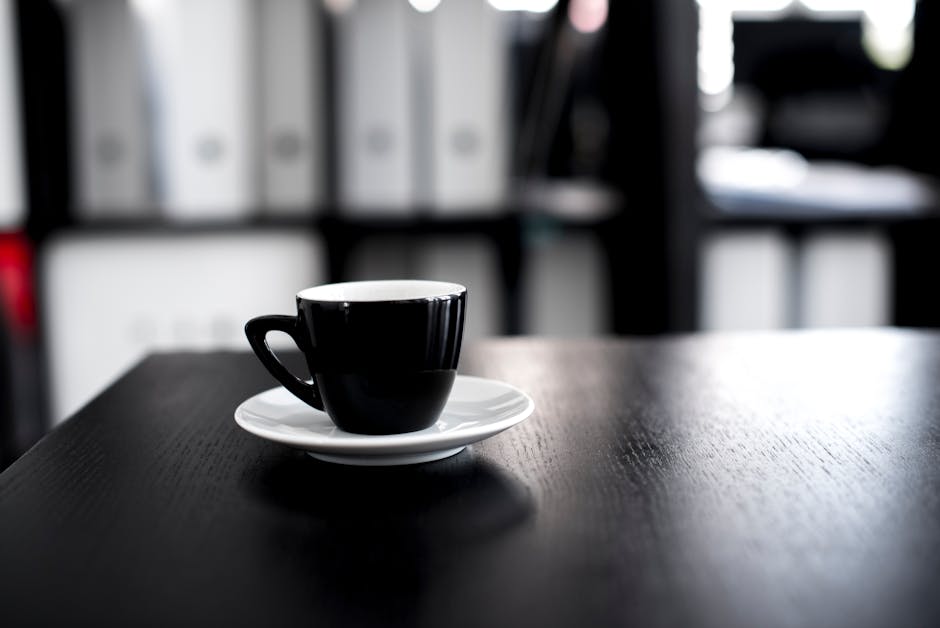
Here's a wild stat that blew my mind: cold brew sales have increased by over 400% in the past five years, but here's the kicker – nearly 30% of coffee drinkers are actively seeking caffeine-free options! I stumbled into the decaf cold brew world completely by accident three years ago when my doctor told me to cut back on caffeine (thanks, anxiety).
What started as a reluctant experiment turned into an absolute obsession. I'm talking about a brewing method that gives you all the smooth, rich flavors of traditional cold brew without keeping you up until 3 AM wondering why you thought that afternoon coffee was a good idea. Trust me, I've been there way too many times.
The thing about decaf cold brew is that it's not just "coffee with the fun stuff removed" – it's actually a completely different beast that deserves its own respect. When done right, it delivers this incredibly smooth, chocolatey flavor that's honestly better than most regular hot decaf I've tried. Plus, you can drink it literally anytime without worrying about your sleep schedule going completely sideways.
What Is Decaf Cold Brew and Why It's Taking Over
Okay, let me break this down because I was totally confused about this when I started. Decaf cold brew is basically regular cold brew's chill cousin – same slow-steeping process, same smooth results, but without the caffeine punch that'll have you reorganizing your sock drawer at midnight.
The magic happens during that long, cold extraction process. While hot brewing pulls out all the acids and bitter compounds super quickly, cold brewing is like that patient friend who takes their time and does things right. The coffee grounds steep in cold water for 12-24 hours, which pulls out all the good flavors while leaving behind most of the harsh, bitter stuff that makes some people scrunch up their faces.
I remember my first attempt was a disaster – I thought I could just throw some decaf grounds in water and call it a day. Wrong! The beauty of cold brew lies in the patience. It's like making a really good friendship; you can't rush it, but when it works, it's absolutely worth the wait.
What really gets me excited about decaf cold brew is how it tastes compared to hot decaf coffee. Hot decaf has always had this reputation for being, well, kind of disappointing. But cold brewing changes everything. The process naturally reduces acidity and brings out these amazing chocolate and caramel notes that I never knew existed in decaf beans.
The other thing that sold me completely was realizing I could have my beloved coffee ritual without the afternoon crash. You know that 3 PM slump where you're debating another cup but know it'll mess with your evening? Yeah, that problem just disappears with decaf cold brew.
Best Decaf Coffee Beans for Cold Brew
This is where I made some expensive mistakes early on, so let me save you some cash and disappointment. Not all decaf beans are created equal, especially when it comes to cold brewing.
First thing I learned the hard way – the decaffeination process matters big time. There are basically three methods: Swiss Water Process, CO2 method, and chemical solvents. I've tried them all, and honestly, Swiss Water Process beans consistently give me the best flavor. The process uses just water and coffee bean extract to remove caffeine, so you're not getting any weird chemical aftertastes.
My go-to beans right now are medium to dark roasts from Central and South America. Colombian decaf beans have been my absolute favorite – they've got this natural sweetness that really shines through in cold brew. Brazilian beans are another winner, especially if you like that chocolatey, nutty flavor profile.
Here's something nobody told me when I started: buy whole beans and grind them yourself. I know it's more work, but pre-ground decaf loses flavor way faster than regular coffee. I bought this cheap burr grinder on Amazon for like thirty bucks, and it's been a game-changer. The difference in taste is honestly ridiculous.
For grind size, you want coarse – think sea salt or breadcrumbs. I used to grind way too fine because that's what I did for hot coffee, and it made my cold brew taste muddy and over-extracted. Coarse grind lets the water flow through properly during that long steeping process.
Storage is huge too. I keep my beans in an airtight container away from light and heat. Learned this lesson when I left a bag on the counter near my window and ended up with stale-tasting cold brew that made me question all my life choices.
Step-by-Step Decaf Cold Brew Recipe
Alright, here's the method I've perfected after way too many failed attempts. I'm gonna walk you through this like I'm teaching my best friend, because honestly, that's how I wish someone had explained it to me.
Equipment you'll need: You don't need fancy stuff to start. I literally used a mason jar and a fine mesh strainer for months. But if you want to get a bit more serious, a French press or a cold brew maker makes life easier. My current setup is a 32-ounce mason jar and a nut milk bag for straining – total cost under fifteen bucks.
The Golden Ratio: This took me forever to nail down. I tried everything from 1:4 to 1:10 ratios and ended up with everything from coffee syrup to brown water. The sweet spot for me is 1:6 – that's 1 cup of coarse ground decaf to 6 cups of cold, filtered water. This gives you a concentrate that you can dilute to taste.
My foolproof process: Start with room temperature or cold filtered water – tap water works fine if yours tastes good, but if it's got that chlorine taste, definitely use filtered. I add the coffee grounds first, then slowly pour the water over them, stirring gently to make sure everything gets wet. Don't go crazy with the stirring; you're not making a smoothie.
Cover it up and let it sit at room temperature for 4-6 hours, then move it to the fridge for another 12-18 hours. I usually start mine before bed and it's ready by evening the next day. The total steeping time should be 16-24 hours – I know that sounds like forever, but trust the process.
Straining is crucial: First strain through a coarse mesh to get the big grounds out, then strain again through a fine mesh or coffee filter. I use a nut milk bag for the final strain, and it works perfectly. Take your time here – rushing the straining process will leave you with gritty coffee, and nobody wants that.
The concentrate will keep in the fridge for up to two weeks, though mine never lasts that long because I'm basically addicted now.
Common Decaf Cold Brew Mistakes
Oh boy, do I have stories about messing this up. Let me share my disasters so you don't have to repeat them.
Mistake #1: Over-steeping I thought longer was always better, so I left my first batch steeping for 48 hours. The result tasted like someone dissolved tree bark in water – bitter, astringent, and completely undrinkable. Even decaf can get over-extracted if you're not careful. Stick to that 16-24 hour window, seriously.
Mistake #2: Wrong grind size I mentioned this earlier, but I used fine grind for months thinking it would extract better flavor. Wrong! Fine grind makes the coffee muddy and over-extracts all the bitter compounds. When I switched to coarse grind, it was like drinking a completely different beverage. Night and day difference.
Mistake #3: Bad water quality This one took me embarrassingly long to figure out. I was using straight tap water that tasted fine on its own but had this weird chlorine aftertaste in the cold brew. Started using filtered water and boom – problem solved. Your water should taste good on its own because it's gonna be 90% of your final drink.
Mistake #4: Storing it wrong I used to leave my concentrate uncovered in the fridge, and it would pick up all these weird flavors from other foods. Now I always use an airtight container, and it stays fresh way longer. Also learned not to store it in anything metal – glass or plastic works way better.
Mistake #5: Not being patient with dilution I used to just dump ice and water into my concentrate without tasting as I went. Sometimes I'd end up with coffee-flavored water, other times it was way too strong. Now I add liquid gradually and taste constantly until it's exactly how I like it.
The biggest thing I learned is that every batch can be slightly different depending on the beans, the weather, how long you steeped it – so taste and adjust every time. Don't just assume it'll be the same as last time.
Serving and Customizing Your Decaf Cold Brew
This is where the fun really starts, and honestly, where I probably went a little overboard with experimentation. But hey, that's how you find your perfect cup, right?
Temperature and dilution: I serve mine over ice with about equal parts concentrate and cold water, but this is totally personal preference. Some days I want it stronger, some days lighter. The beautiful thing about having concentrate is you can customize every single cup. I keep a pitcher of cold water in the fridge specifically for this.
Flavor additions that actually work: Vanilla extract was my first successful addition – just a few drops transform the whole drink. Cinnamon is amazing too, but add it during the steeping process, not after. I tried adding it to the finished product and it just floated on top like sad brown dust.
Simple syrup works better than regular sugar because it dissolves completely. I make vanilla simple syrup and keep it in the fridge. Maple syrup is incredible if you're into that fall vibe year-round, and honey works great too, though you might need to stir it more.
Milk and cream options: Regular milk works fine, but I've become obsessed with oat milk in cold brew. It adds this creamy, slightly sweet flavor that complements the coffee perfectly. Coconut milk is amazing if you want something tropical, and heavy cream makes it feel like dessert.
I tried almond milk for a while, but it always seemed to curdle slightly in the cold coffee, which was super weird. Cashew milk works way better if you're going the nut milk route.
Creative serving ideas: Coffee ice cubes! I freeze some of my concentrate in ice cube trays so when they melt, they don't dilute the drink. Game changer for hot summer days.
I also discovered that decaf cold brew makes an incredible base for coffee cocktails if you're into that. Obviously not getting the caffeine buzz, but the flavor is perfect for evening drinks.
Health Benefits of Decaf Cold Brew
I never really thought about the health aspects until my doctor started asking questions about my coffee habits. Turns out, decaf cold brew has some pretty cool benefits that regular coffee doesn't offer.
Antioxidants without the anxiety: Decaf still contains most of the antioxidants found in regular coffee – things like chlorogenic acids that are supposed to be great for your heart and metabolism. The cold brewing process actually preserves more of these compounds compared to hot brewing, which was a pleasant surprise.
Easier on your stomach: This was huge for me because regular coffee, even decaf hot coffee, sometimes gave me that acidic, stomach-burning feeling. Cold brew is naturally less acidic because of the brewing process. The pH is usually around 6.5 compared to hot coffee's 5, which might not sound like much, but your stomach definitely notices.
Hydration benefits: Since you're typically diluting the concentrate with water, you're getting more hydration than you would with hot coffee. I used to drink hot coffee and then need to drink water separately, but cold brew kind of takes care of both.
Sleep-friendly caffeine levels: Most decaf still has tiny amounts of caffeine – usually 2-5mg compared to regular coffee's 95mg. With cold brew, even these small amounts are diluted further, so you're getting virtually zero caffeine. Perfect for evening coffee cravings without the 2 AM staring-at-the-ceiling experience.
Better for sensitive people: If you're sensitive to caffeine like I am, or pregnant, or just trying to cut back, decaf cold brew gives you that coffee ritual and flavor without the side effects. It's been a lifesaver for maintaining my coffee habit while dealing with anxiety issues.
The one thing to watch out for is that it's easy to drink a lot more cold brew than hot coffee just because it's so smooth and refreshing. But hey, if it's decaf, that's not really a problem unless you're adding tons of sugar or cream.
Conclusion
Making perfect decaf cold brew at home isn't rocket science, but it does require a bit of patience and experimentation to find your sweet spot. The key things to remember are: use quality decaf beans, grind them coarse, be patient with the steeping process, and don't be afraid to adjust the ratios until you find what works for your taste buds.
What I love most about this whole journey is how it's completely changed my relationship with coffee. I can have my afternoon cup without worrying about sleep, I can experiment with flavors without the caffeine crash, and honestly, I think it tastes better than most regular cold brew I've tried.
Every person's perfect decaf cold brew is going to be slightly different based on their taste preferences, the beans they choose, and how they like to serve it. Don't be discouraged if your first few batches aren't exactly what you hoped for – I probably went through twenty different variations before I found my groove.
The most important thing is to have fun with it and remember that even your "failed" experiments are usually still pretty drinkable. I've never made a batch that was completely undrinkable, just some that were better than others.
Related Articles

Espresso vs Americano: What’s the Difference and Which Should You Choose?
Read More →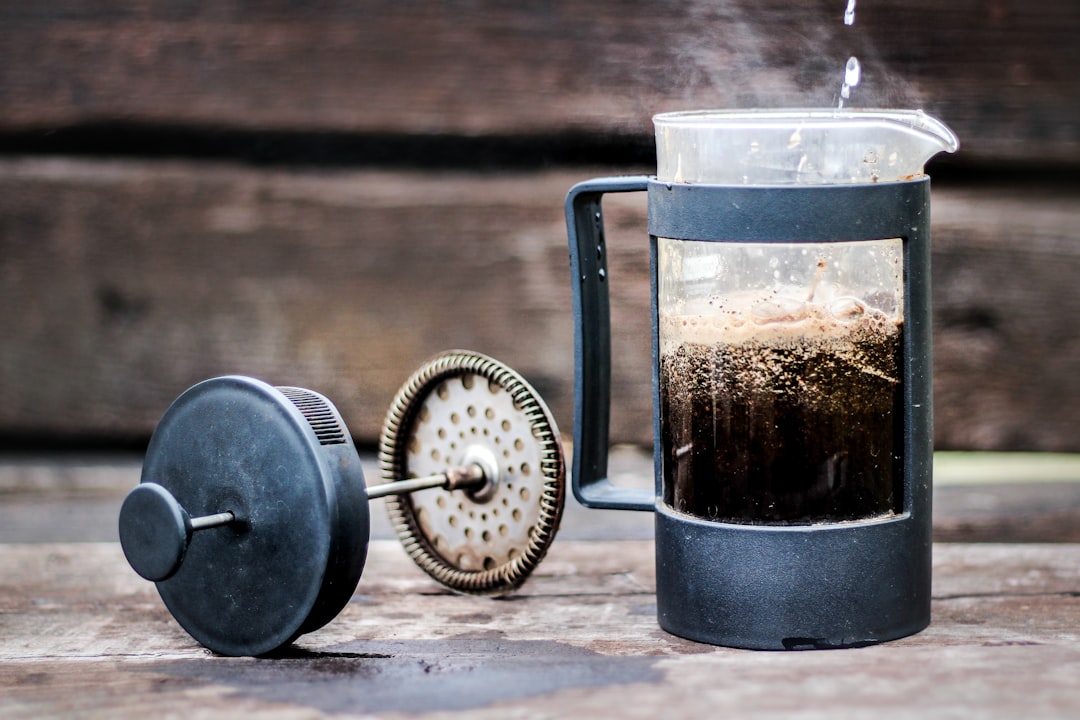
How to Make Cold Brew French Press: Smooth and Rich Coffee at Home
Read More →